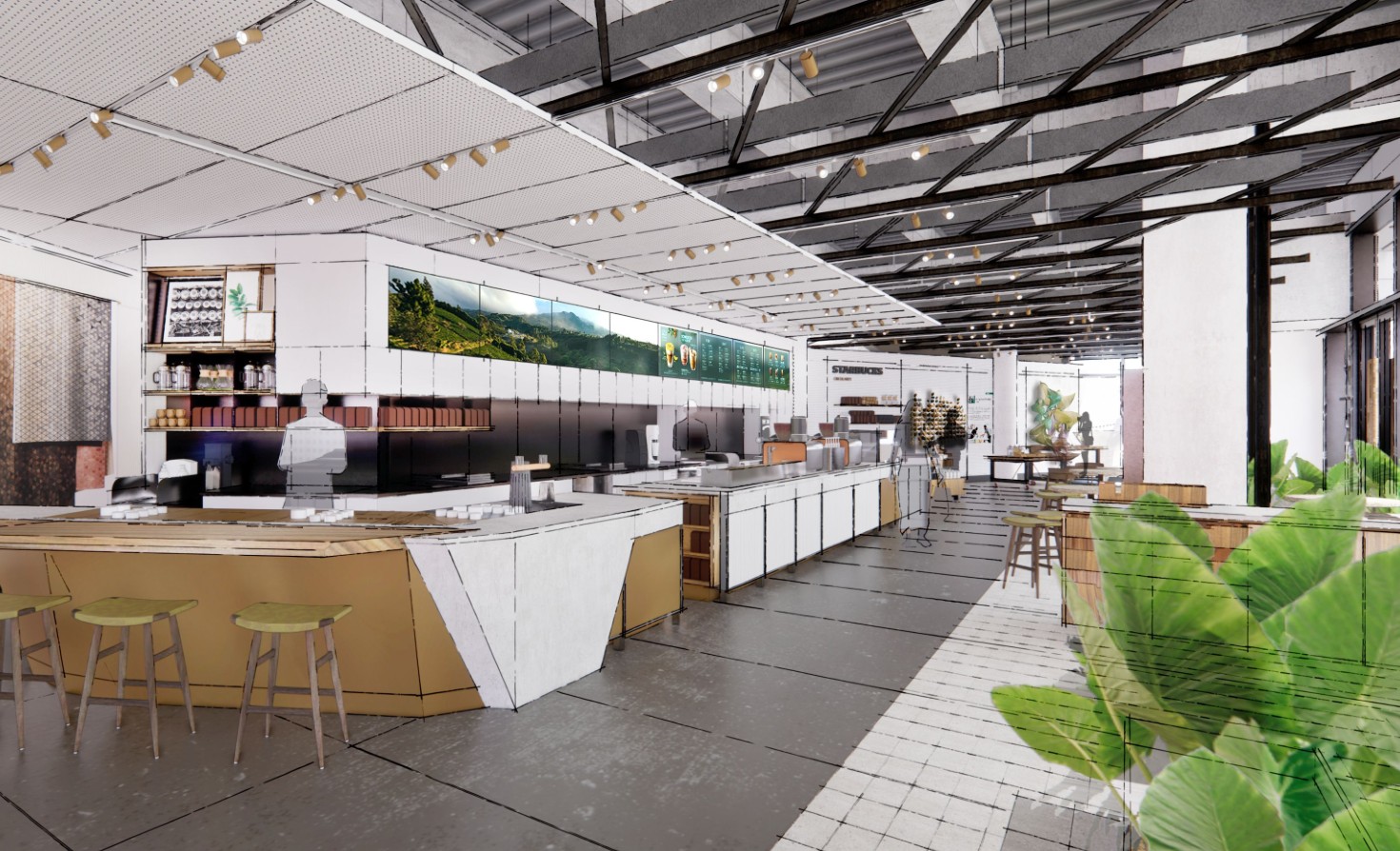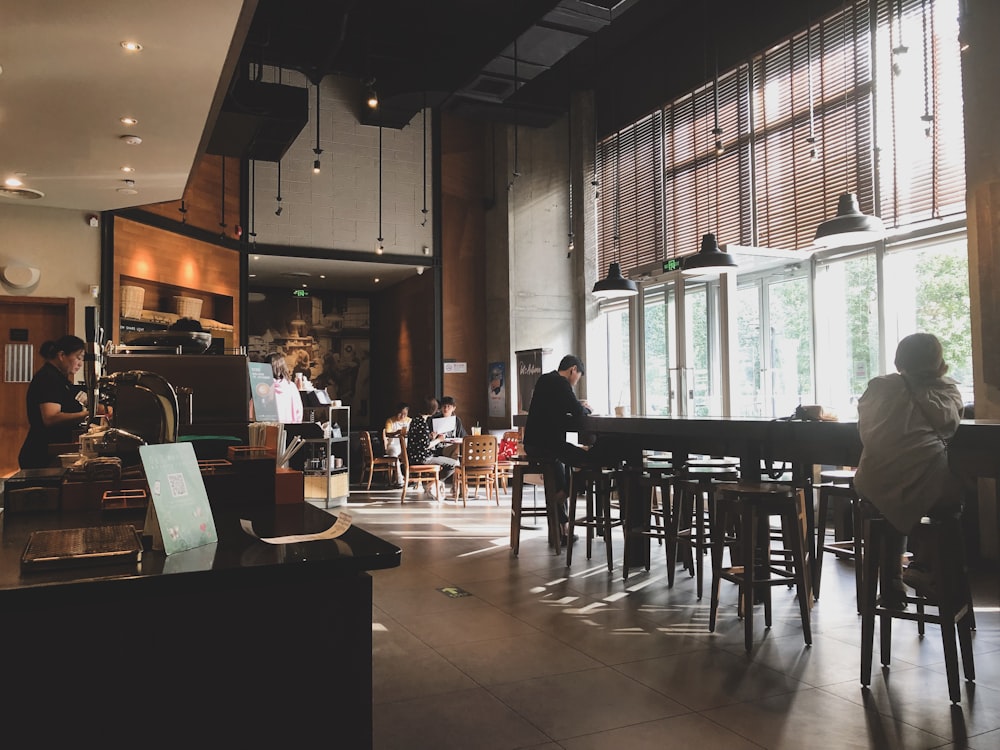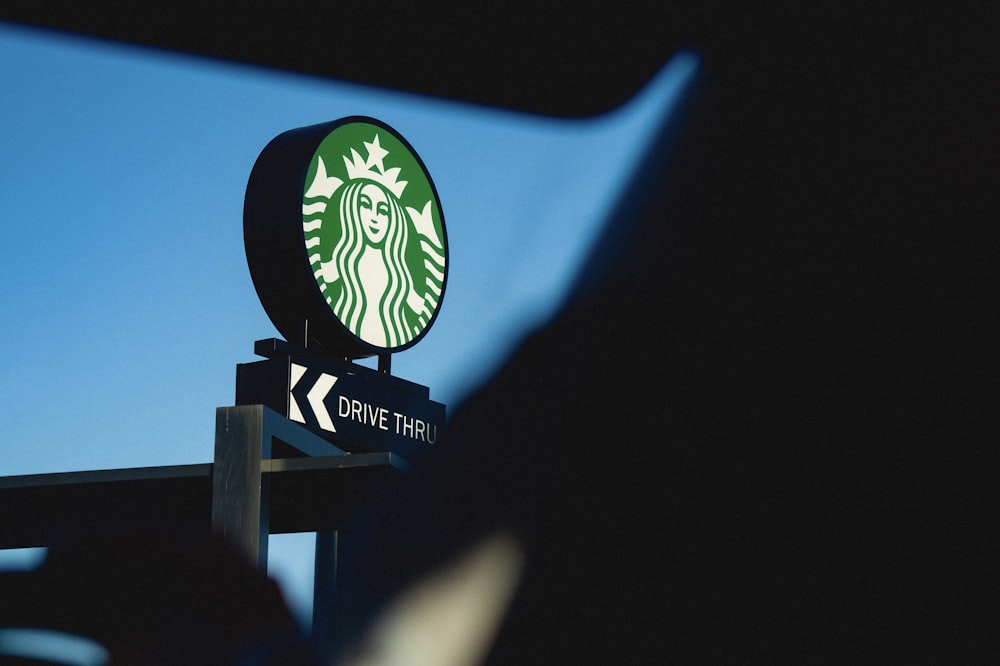Starbucks is expanding their “Greener Stores”

Starbucks has been making a recent effort to make a more positive impact on the planet with greener stores. Quite fitting considering their iconic green logo! In addition to incentives for customers who bring in their reusable cups, Starbucks is now expanding their green initiatives in bigger and better ways.
Starbucks introduces Greener Stores
The Shanghai Greener Store is the first Starbucks store in the Chinese mainland to use recycled and lower-impact building materials such as wood reclaimed from the renovation of other Starbucks stores. Many aspects of the store’s interior will be recycled, upcycled or biodegraded.
This greener store has been designed to showcase sustainability in the way that Starbucks Roasteries provide an “immersive coffee experience.”
In December, they will debut the ASU-Starbucks Center for the Future of People and the Planet at Arizona State University, an education and demonstration center that opens Greener Stores tools to the market. These tools focus on energy efficiency, water stewardship, renewable energy, responsible materials, and waste diversion.
The seeds of Greener Stores were cultivated around 2001, and in 2005 Starbucks opened its first Leadership in Energy and Environmental Design (LEED) store in Hillsboro, Oregon. In 2018, CEO Kevin Johnson committed the company to operate 10,000 Greener Stores by 2025. Starbucks currently has 2,317 Greener Stores of its total 9,860 stores.
What is a greener store?
Greener Stores run on renewable energy, use high efficiency fixtures and reduce energy and water use by 25 to 30 percent.

Greener Stores certification requires annual checks to ensure that operating standards meet its requirements, which can update with technologies and the times which is really reassuring to know that this is a long-term goal.
Why go for greener stores?
“Greener Stores is not meant to be a competitive tool,” said Andy Adams, senior vice president of store development for Starbucks, in an interview.
“In the same way that us working with the U.S. Green Building Council (USGBC) helped us understand how to build in a sustainable way over the last 16 years, our approach to Greener Stores is meant to be even better suited to driving sustainable issues into the practice of operating retail.”
However, many larger companies are working on more eco-friendly practices. In 2021, informed consumers will boycott a business that they know is creating more harm than good. 75% of Millennials are willing to pay more for environmentally sustainable products, compared to previous generations. 77% of American consumers are actively concerned about the environmental impact of the products they buy.
What else has Starbucks done for sustainability?
Beyond Greener stores, Starbucks’ latest effort toward meeting its “Planet Positive” goals is to cut waste, water and carbon in half by 2030.
It’s been a long time practice for Starbucks to use durable, reusable furniture and other components. Old cafe chairs or baby seats are used to make new seating or are donated. The framework of Greener Stores goes further than ever before with their environmental impact.

They also plan to work on expanding plant-based and environmentally friendly menu options. One recent change is more dairy / gluten free friendly options!
Is Starbucks Successful in their greener journey?
In a time where big companies attempt to reach eco-conscious customers through greenwashing,it’s important to consider whether Starbucks is truly doing everything they can to improve their impact on the planet.
Starbucks is acclaimed by many to be the biggest coffee company in the world and that title comes with a huge level of environmental responsibility. Starbucks uses more than 8,000 paper cups a minute, which adds up to more than four billion a year. 1.6 million trees are harvested every year for all of those single-use cups. … Most Starbucks paper cups (even those accepted for recycling) end up in the trash.
Fortunately – Starbucks is not shying away from these numbers and is committed to further minimizing our energy consumption and using renewable sources of energy to lower our impact on the planet.
As great as Starbucks’ efforts seem, there has been mention of possible greenwashing. Sara Goddard writing for Green that Life brings to light that conventional Starbucks cups are lined with polyethylene plastic to contain hot liquids and prevent seepage which makes it extremely difficult, if not impossible, to recycle. She says that while the Starbucks green cup fixes this problem and can be recycled, the reality is that it doesn’t guarantee that the cups will be recycled.

Consumers are demanding a positive experience, both in and beyond and Starbucks is crushing their game on all levels. Starbucks has strived to build its brand identity by offering customers a relaxing and enjoyable experience. That promise has a deeper meaning now than ever before in terms of impact beyond the purchase and coffee drinking experience.
The Starbucks mission is “To inspire and nurture the human spirit – one person, one cup and one neighborhood at a time”. Mission accomplished?
Greener Stores Beyond Starbucks
Sustainability pushes a lot of our hot buttons—it’s a political issue, an economic concern, and a social conversation. Some people even see it as a moral matter.
The concept of greener stores can be applied to other food/beverage companies and other industries, and we hope Starbucks’ solutions for the planet will inspire others to follow suit.


Leave a Reply